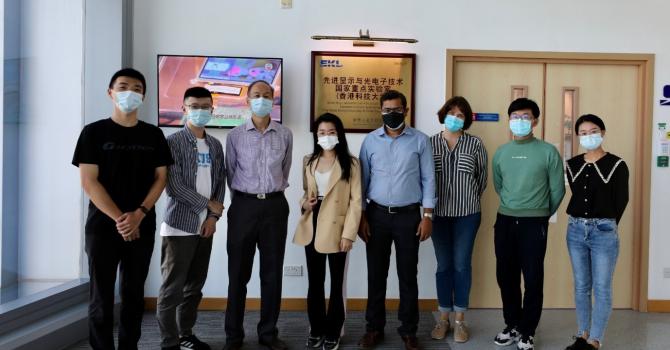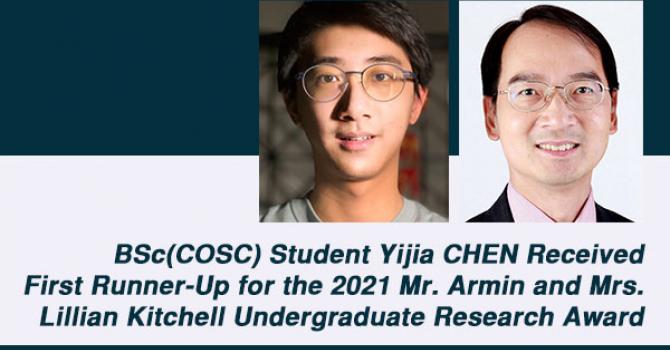MPhil Graduate Billy LAI wins the Best Student Paper Award at the 2018 International Nano-Optoelectronics Workshop
MPhil fresh graduate Billy LAI, supervised by Prof. Kei May LAU, has just won the Best Student Paper Award at the 2018 International Nano-Optoelectronics Workshop (iNOW) held at University of California, Berkeley during July 21-27, 2018.
His award-winning paper was tilted “MOCVD Grown GaSb and InAs Nanoridges on (001) Si Substrates”. The award was presented to Billy at the workshop banquet on 24 July 2018.
iNOW is an international event for immersive engagement among researchers from academia and industry who are involved in nanoscale materials and optoelectronic devices. Leaders in research and development, as well as students and postdoctoral scholars, are invited to join the weeklong sharing and discussion of ideas on state-of-the-art nanoscale semiconductor processing and synthesis, the new physics behind controlling the optical and electrical properties of materials, cutting edge characterization techniques, and new devices with novel functionalities.
About the research work described in the paper
Gallium antimonite (GaSb) has many applications in long wavelength devices such as inter-band cascade lasers and infrared photodetectors. Monolithic integration of GaSb-related materials onto silicon is highly attractive to extend the functionality of long-wavelength devices and photonic integration on the silicon platform. Additionally, considering the increasing prevalence of infrared devices, including sensors and projectors, designed in modern smartphones, integration onto Si is an effective solution towards lower manufacturing costs, smaller size, and higher throughput. Antimonite compounds along with indium arsenide have bandgaps that span 0.18 eV to 1.5 eV, known as the 6.1 Å family of semiconductors. With wide coverage of the bandgap, the corresponding flexibility in the wavelength spanning the near-infrared (NIR) to the long wavelength infrared (LWIR) regions makes these semiconductors attractive materials for infrared photodetectors and light emitters.
Speaker's Biography
Billy Lai received his BSc degree in Chemical Engineering from the University of California, San Diego in 2016. He was an exchange student at HKUST during his undergraduate study and got inspired in semiconductor materials and devices. He then enrolled in MPhil degree program in Electronic and Computer Engineering, HKUST. Billy’s research is in the area of MOCVD growth of III-V semiconductors on Si. He is employed at Keysight at Santa Rosa, California after graduation with a MPhil in ECE in the summer of 2018.




